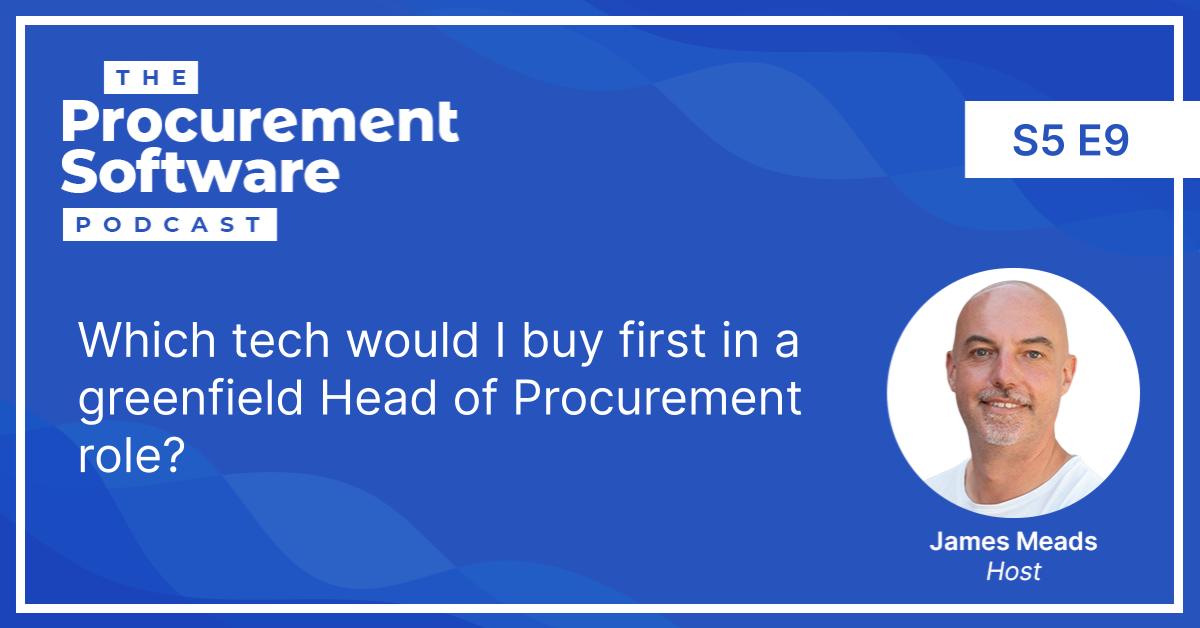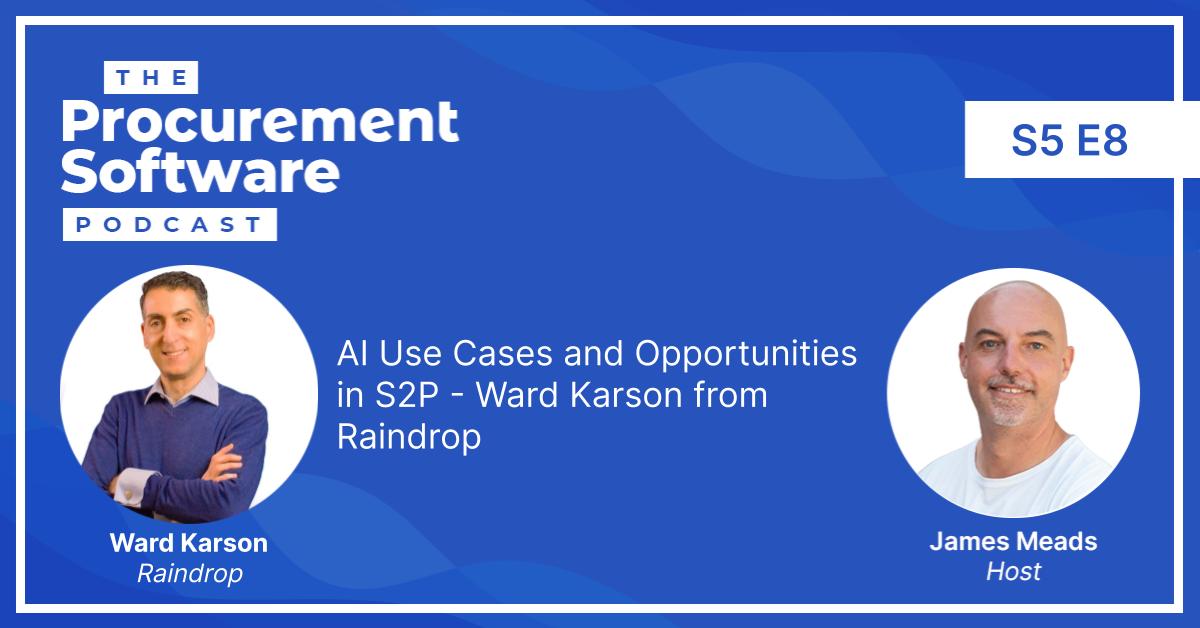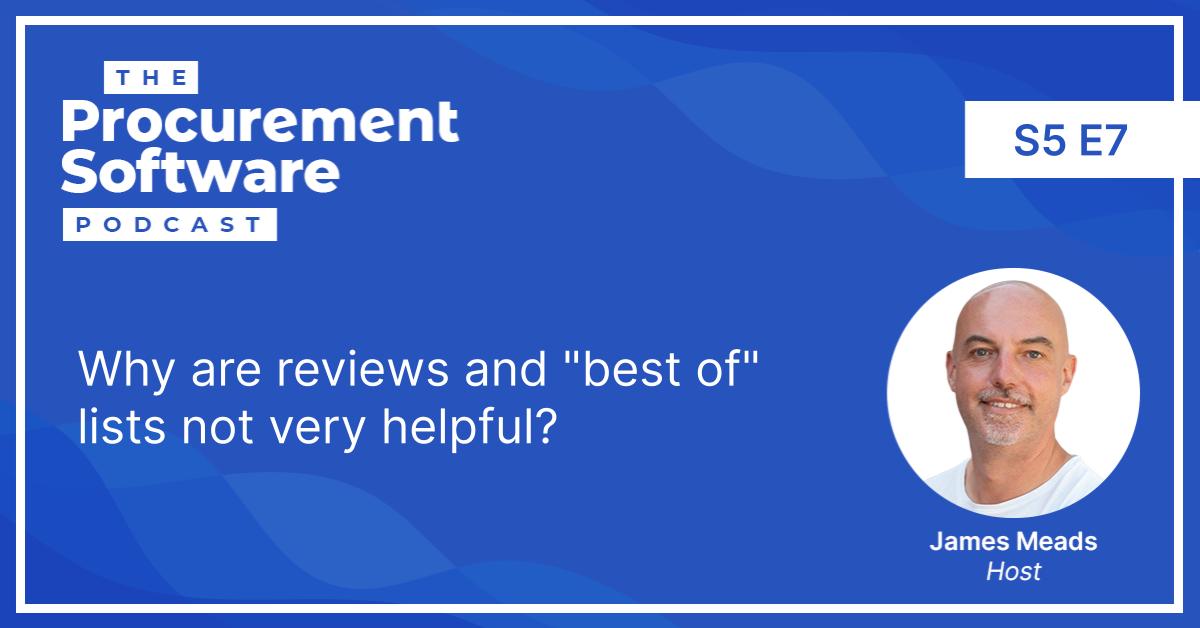With the backdrop of inflation, supply chain shortages and now as I currently write this, a war being fought on European soil, supplier collaboration and supplier innovation are two topics that I think we can be sure will increase in priority.
My guest to deep dive on this topic is Maciej (Matt) Zaleski of Procurence Meercat, a software platform for industrial manufacturing companies who have recently developed a supplier innovation module for their solution.
Using software to successfully drive a transparent supplier innovation program
Against the rather bleak backdrop we’re currently up against, the focus right now is to ensure that manufacturing businesses are able to become a customer of choice to their supply base. With a tight market and the need to innovate to stay ahead, avoid material shortages and optimise lead times, this is particularly good timing to be discussing this topic.
Procurence grew out of Matt being frustrated at what was already out there. He found himself as a consultant having to leave a client with Excel sheets rather than a nice software dashboard. This is ultimately what drove him to start the business.
Starting off with a procurement, quality and vendor master data solution, Procurence has since grown to become a full stack solution on the quality and New Product Introduction (NPI) side in addition to the pure procurement modules. This focus has enabled them to thrive in manufacturing industries, especially the automotive sector.
New modules have very much been based on customer feedback, and supplier innovation is no different, growing out of a request from AGCO Corporation, one of Procurence’s key customers, to streamline and digitise the process.
Define “Supplier Innovation”: What does it mean?
There are three key pillars that Matt typically sees from Procurence Meercat clients:
- Design to cost
- Quality
- Sustainability
Matt explains that it’s all about looking at what hides below the waterline.
Continuous Improvement often sits below the top of the iceberg but is nonetheless a very important component of supplier relationships.
Different stakeholders will drive the process depending on what the end result should be.
Ideas generation typically becomes a lot more bottom up process and as such requires a greater amount of participation from a wider number of stakeholders e.g. engineering, marketing, supply base, manufacturing.
Early involvement with suppliers is key. Otherwise, the potential is that a company misses out on ongoing feedback during a design process or project ideation if they are only contacting suppliers once the design and features are a done deal.
R&D is a more strategic function, but often don’t have the manufacturing experience or the technical knowledge of the supplier’s production process.
A hands off approach will result in the supplier doing as they’re told. Whereas in a more collaborative environment, they will volunteer suggestions and improvements during a more consultative process.
How can software assist this process?
Channel between internal stakeholders and suppliers. There are often multiple stakeholders who need to have access to a two-way conversation between the company and its supply base.
“Crowdsourcing” of innovative solutions to specific problems around product design, production process, quality improvements, kanban etc.
Software platforms facilitate this through making the conversations visible to multiple stakeholders and removing the silos we see when this task is performed through emails and spreadsheets.
Supplier to internal stakeholder: procurement doesn’t know everything that’s going on in the company. Procurement often expects a clear specification to be able to go to market with an RFP or RFQ. Stakeholders may look to suppliers to assist them with this process and thus reduce the time to introduce the part or project.
This can also work in service companies, and also in decentralised businesses, as Matt explains with his example of German state rail operator Deutsche Bahn.
And what is the clear benefit to Procurement?
Three things primarily:
Transparency – we want stakeholders to talk to suppliers directly, but we also need to know when they’re doing it, in order to avoid “divide and conquer” tactics from a supplier
Compliance – through having this visibility, we can ensure that any internal processes are being followed and that stakeholders are informed of any violations in a pre-emptive manner if they enter into contractual or commercial discussions with vendors.
Better stakeholder relationships – through improvements to communication and being able to collaborate, and react, faster as a team in the triangle of communication between buyer, supplier and stakeholder
Ways to be more engaged with your supply base
There are 3 common ways to engage the supply base
Supplier innovation day – software enables suppliers to submit ideas online ahead of the event. Innovation teams can then review and provide feedback in time for the event.
Hackathons – coming from the tech startup scene for a quick, intensive brainstorming activity
Design-to-cost workshops – only open typically to a select number of core suppliers.
Easier to get objective feedback on supplier innovation when everything is in a single source of truth.
You can measure based on a funnel of ideas generated through to actual implementations executed and the cost savings realised.
Suppliers also want to understand and receive regular feedback around WHY their ideas are not implemented and taken on board.
Gain shares and savings recognition
To incentivise and ensure that suppliers are keen and want to participate, of course there usually to be something in it for them.
Sharing the savings with the vendor is a great way to keep supplier innovation pipelines robust!
To ensure that the right stakeholders are involved in the big ticket items, thresholds can be set within Procurence Meercat to determine that, for example, a Head of Procurement or CFO is flagged each time an innovation project is entered into the platform that has a high savings potential.
But then, Matt flips this on its head and suggests also that you can introduce new products to the market that drives bottom line growth as a result of supplier innovation. So, growth as well as cost reduction!
How important is C-level sponsorship?
My final question to Matt is the age old question of senior leadership involvement to ensure adoption and success. He confirms that from his experience, a CPO is usually driving this with approval from other board members.
The bigger the organisation, generally the more inertia and resistance to change within a business. The “we’ve always done it this way” conundrum.
Matt’s parting words of wisdom are to start small and work on continuous improvement initiatives, before working on ground breaking projects. From small acorns grow large oak trees!
Stay in touch!
- Connect with Maciej on LinkedIn
- Visit Procurence Meercat’s website
- Sign up for the Procuretech Podcast Newsletter
- Book an Intro Call and let’s talk all things Digital Procurement!
- Connect with James on LinkedIn
- Follow The Procuretech Podcast LinkedIn Page


